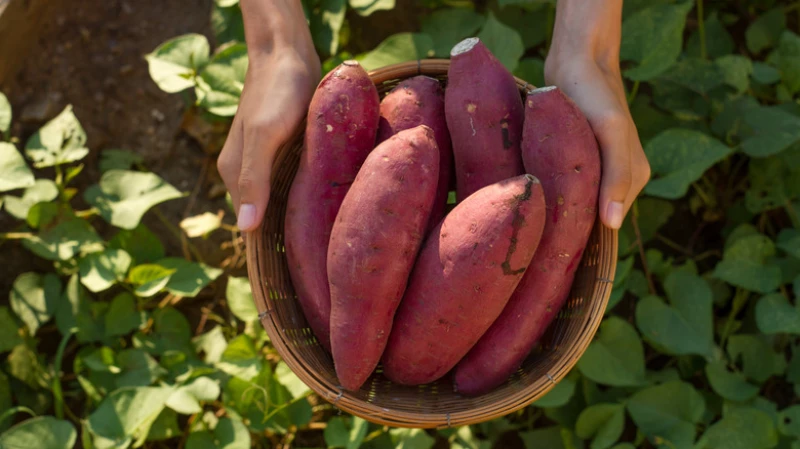Sweet potatoes are not only a delicious and healthy root crop known for their vibrant colors and adaptability to different growing conditions, but they are also highly nutritious and low-maintenance plants. Their tolerance to drought and ability to thrive in various climates and soil types make them a popular choice for gardeners looking to grow their own produce.
Rich in vitamins, minerals, and fiber, sweet potatoes offer a valuable addition to any diet. Despite their many benefits, growing sweet potatoes at home can come with challenges such as pest infestations, susceptibility to diseases, and issues with the roots. To ensure a successful harvest, it is important for gardeners to be proactive in addressing these potential problems.
Common problems when growing sweet potatoes
While sweet potatoes are generally easy to grow, they are not without their challenges. There are some common problems that gardeners typically encounter when cultivating sweet potatoes, not the least of which are pest infestations. Sweet potatoes are susceptible to garden raiders like sweet potato weevils, aphids, whiteflies, wireworms, root-knot nematodes, and white grubs that damage the roots and can reduce yields. To combat these creatures, practice rotating your garden crops, implement strict garden hygiene, use row covers, and apply organic insecticides like diatomaceous earth when necessary.
Sweet potatoes can also be affected by fungal diseases like Fusarium wilt and root rot, black scurf (aka soilstain), internal cork (small brown to black corky spots in the roots), viruses (like the sweet potato virus disease or SPVD, sweet potato feathery mottle virus or SPFMV, and sweet potato chlorotic stunt virus or SPCSV), and bacterial diseases like black rot and bacterial wilt.
To guarantee a bountiful sweet potato harvest, it is essential to follow specific care and maintenance guidelines. Begin by starting sweet potato slips indoors 4-6 weeks before the last frost date or acquire them from a trusted nursery. Plant the slips in loose, well-drained loamy soil after all danger of frost has passed. Sweet potatoes thrive in full sun to partial shade and need regular moisture, especially during the growing period. Water deeply once or twice a week (adjusting the frequency as the plants grow), making sure the soil is consistently moist but not waterlogged.
Excessive nitrogen can be detrimental to the growth of sweet potatoes, leading to an overabundance of foliage at the expense of root development. To avoid this, it is recommended to use a balanced fertilizer or compost that provides essential nutrients before and during the planting season. When it comes time to harvest, typically four to five months after planting, look for yellowing and dying foliage as a sign. Carefully dig up the tubers, being cautious not to cause any damage, and then allow them to cure in a warm and humid environment for 10-14 days before storing. By being proactive in addressing potential challenges and following these guidelines, you can confidently grow sweet potatoes and enjoy a plentiful harvest of these delicious and nutritious tubers from your garden.








